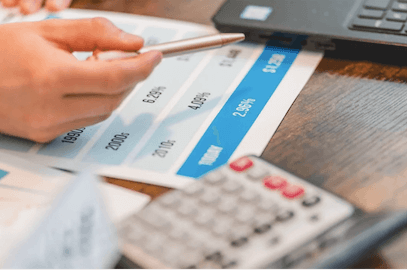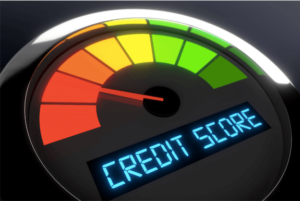Payday loans are short-term loans designed to provide quick access to funds for individuals facing urgent financial needs or important costs. These loans are often used to cover unexpected expenses or emergencies that arise inbetween paychecks.
However, payday loans are known to come with high fees and interest rates, which can make them an expensive borrowing option. With this in mind, Finger Finance will delve into the costs associated with a $500 payday loan, including fees, interest and the total amount that would need to be repaid.
What Are Key Components Of The Cost Of A Payday Loan?
When considering the cost of a $500 payday loan, it is important to understand the various components that contribute to the total repayment amount. This includes:
The Loan Amount
The principal loan amount is $500.
Interest Rate
Payday loans often have high annual percentage rates (APRs), which can be several hundred percent. However, because payday loans are short-term loans, the APR may not accurately reflect the actual interest cost for the brief loan term.
Finance Charges and Fees
Payday loans typically involve various fees, including loan origination fees, administrative fees, and, in some cases, rollover or extension fees.
Loan Term
Payday loans are designed to be repaid on your next payday, usually within a few weeks. The short loan term means that the interest and fees can accumulate quickly.
Calculating the Cost Of A $500 Payday Loan
Calculating the total cost of a $500 payday loan involves considering the interest, fees and repayment period. While the specific costs can vary based on the lender’s policies and state regulations, here is a general breakdown:
- Interest: Payday loan interest rates are often quoted as a fee per $100 borrowed. For example, if the interest rate is $15 per $100 borrowed, the interest for a $500 loan would be $75.
- Fees: Payday loans may have additional fees, such as loan origination fees or administrative fees. These fees can vary widely depending on the lender and state regulations.
- Repayment Period: Payday loans are usually due on your next payday, which is typically within two to four weeks.
Sample Calculation For The Cost Of A $500 Payday Loan
To get an approximate idea of what a $500 loan would cost you, let’s use a sample interest rate of $15 per $100 borrowed and assume a loan term of two weeks:
Interest: $15 per $100 * 5 (for $500 loan) = $75
Potential Fees: Let’s assume additional fees amount to $25.
Total Repayment: $500 (principal) + $75 (interest) + $25 (fees) = $600
In this scenario, the total repayment amount for a $500 payday loan after two weeks would be $600.
What To Consider When Applying For A $500 Payday Loan?
When considering borrowing a $500 payday loan, it is crucial to consider the following factors:
High Cost
Payday loans are known for their high costs, which can make them an expensive form of borrowing. The interest and fees can add up quickly, especially if the loan is extended or rolled over.
Cycle of Debt
Some borrowers find themselves in a cycle of debt, where they need to repeatedly take out new payday loans to cover the costs of previous loans. This can lead to a cycle of fees and interest charges.
Payday Loan Regulations
Payday loan statutes vary by state, and some states have restrictions on interest rates, fees and rollovers. Be sure to understand the regulations in your state before taking out a payday loan.
Impact on Credit Score
Payday loans are often not reported to credit bureaus, so they will not directly impact your credit score. However, if you fail to repay the loan and it is sent to collections, it could negatively affect your credit rating.
What Are Alternatives To $500 Payday Loans?
Given the high costs and potential risks associated with $500 loans, exploring alternative borrowing options could be worthwhile. Examples are mentioned in the table below:
| Community Assistance: | Local community organizations, charities and government programs might offer financial assistance for emergencies. |
| Credit Cards: | If you have a credit card, using it for emergencies might be a more cost-effective option than a payday loan, especially if you can pay off the balance quickly. |
| Emergency Funds: | Building and maintaining an emergency fund can provide you with a cushion to cover unexpected expenses without resorting to high-cost loans. |
| Personal Loans: | Personal loans from traditional lenders, online lenders or credit unions typically have more reasonable interest rates and longer repayment terms. |
| Friends And Family Support: | If possible, maybe your friends or family could offer help, whether this is through finances, supplies or emotional support. Just make sure that if they lend you money, you create clear repayment terms to avoid any strains in your relationship. |
Final Thoughts
While a $500 payday loan can provide immediate funds for urgent needs, it is important to carefully consider the potentially high costs associated with these loans. The combination of interest rates, fees and short repayment periods can lead to a substantial repayment amount in a short time.
Exploring alternative borrowing options and building a financial safety net can help you manage unexpected expenses without falling into the cycle of debt often associated with payday loans. Before making a decision, assess your financial situation and weigh the costs and benefits to make an informed choice that aligns with your long-term financial well-being.




